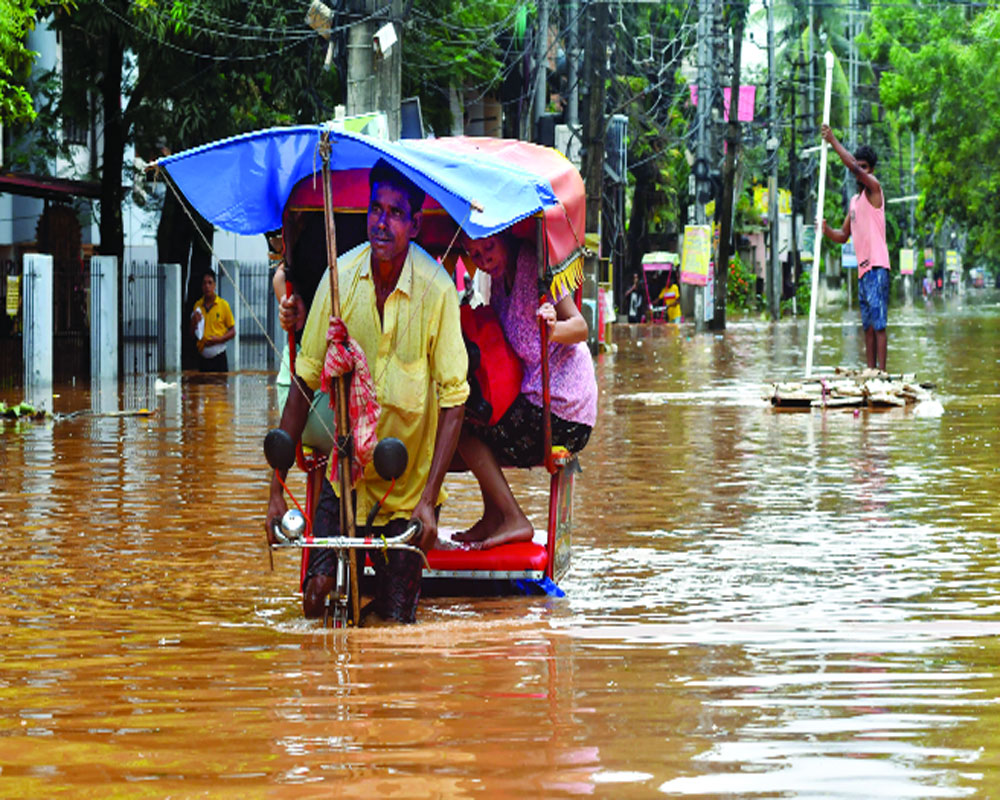Sikkim flash flood has claimed several lives after decade-old warnings were conveniently ignored
First Uttarakhand, then Himachal Pradesh and now Sikkim. India may be consistently breaking new ground on all parameters of progress, human index, economy, technology and infra development, but its decades-old intrinsic habit of biding time before any tragedy just refuses to go away. It is a sad commentary on the state of affairs that rather than taking preemptive action when red flags are raised years in advance, the authorities choose to react to natural calamities only after the nation records avoidable losses. On October 4, the picturesque Sikkim became the latest Himalayan State to be struck by calamity when a cloudburst over Lhonak lake triggered a flash flood in Teesta river, causing widespread loss to life and property. As the torrential waters flowed into the Teesta, its banks swelled, leading to extensive flooding in the Lachen Valley. The floodwaters also inundated several towns in Teesta basin, leaving a trail of destruction in their wake. Besides 22 Army men, over 3,000 tourists found themselves stranded in various parts of Sikkim due to the rising waters and damaged infrastructure. In response, rescue operations were initiated and issuance of tourist permits for popular destinations such as Tsomgo lake, Baba Mandir and Nathula was halted. The schools and colleges have been closed till the October 15. The loss of lives, homes, and livelihoods has cast a pall of grief over Sikkim. The disaster will have far-reaching implications for Sikkim's tourism industry, which is a significant contributor to its economy.
Though all calamities are tragic, the ones which occur despite warnings are the saddest. Red flags were raised even a decade back when Government agencies and researchers warned about the chances of a deadly glacial lake outburst floods (GLOF) in Sikkim. The latest warning came in 2021, but it was again ignored. The South Lhonak Lake, located in Sikkim's far northwest, is identified as one of 14 potentially dangerous lakes susceptible to GLOF with a 42 per cent disaster probability. Even in 2016, an expedition led by Sonam Wangchuk had warned about the threat of a GLOF event. The authorities did take some piecemeal measures but ignored the satellite data that indicated a disaster in the making. As rescue and relief operations continue, the people of Sikkim come together to support one another, displaying resilience and unity. But, as it turns out, we learn no lessons and wait for yet another disaster. A global assessment reported that three million Indians in the vulnerable Himalayan region are at risk of flooding following GLOF events. The Himalayas have over 7,500 glacial lakes, and the number is steadily growing. It has a fragile ecosystem which can play havoc if disturbed. There is an urgent need to deal with it on priority rather than wait for another disaster to happen.


























